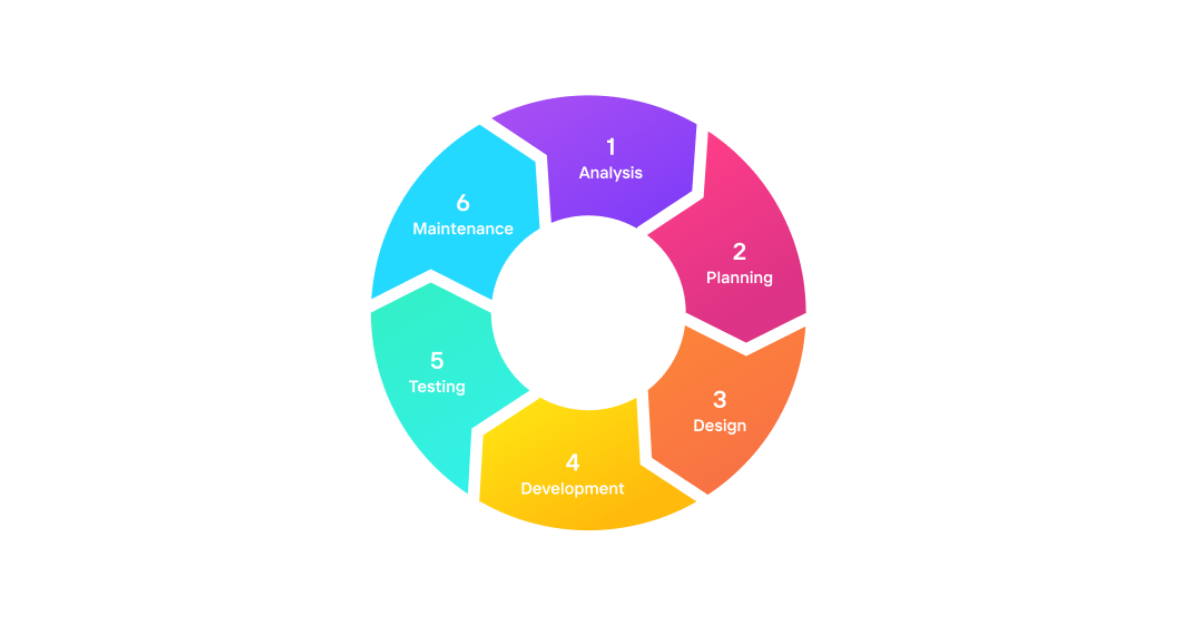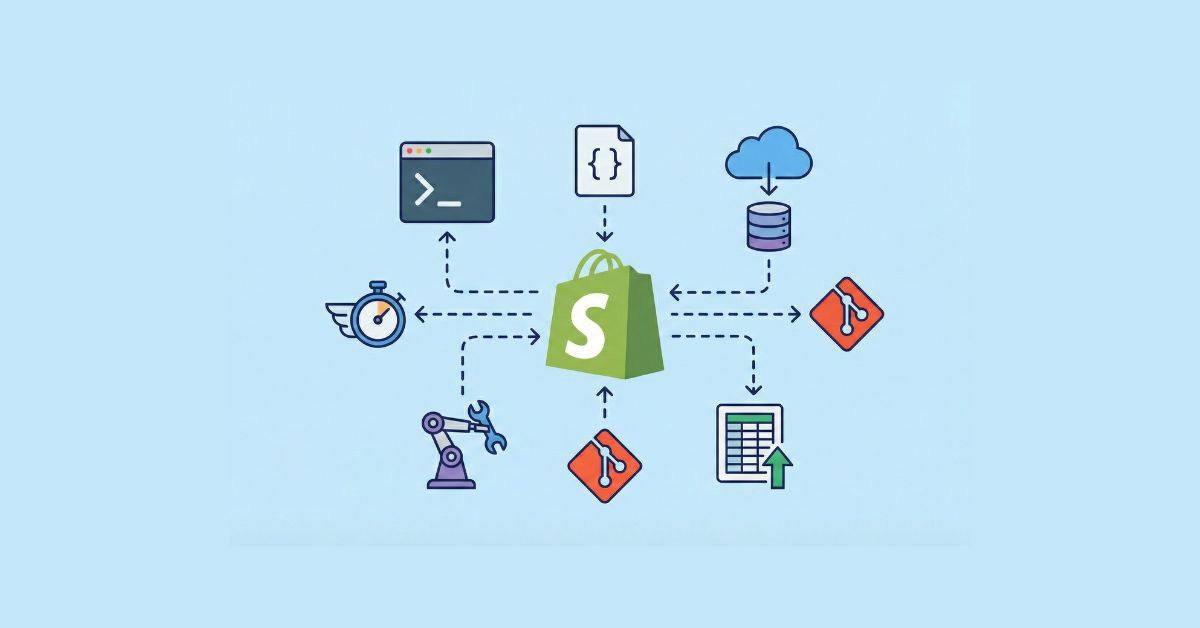- What is Software Development Life Cycle (SDLC)?
- Importance of The SDLC
- Which process can lead to an ideal Software Development Life Cycle (SDLC)?
–Planning
–Design
–Implement
–Test
–Deployment
–Maintain - What are SDLC models?
–Waterfall
–Iterative
–Spiral
–Agile - How to ensure best practice in SDLC
- Conclusion
- FAQs
What is Software Development Life Cycle (SDLC)?
Importance of The SDLC
With the growing requirements of the software, the challenges are also popping up. In the diversity of the digital world, the requirements vary, and so do the technologies, creating barriers to the smooth development of software. In such circumstances, the SDLC helps develop a systematic life cycle by producing a framework to ensure smooth processing and minimize risk factors. Following are some of the crucial benefits of the SDLC:
- Increased transparency of the development process for all the involved stakeholders by making the process more visible.
- The framework includes estimation, planning, and scheduling to identify areas for improvement and store points.
- It also effectively demonstrates risk management procedures and approximate costs.
- In the end, it finalizes the proper execution process while ensuring the client’s satisfaction with their asked deliverables.
Which process can lead to an ideal Software Development Life Cycle (SDLC)?
Planning
Design
Implement
Test
Deployment
Maintain
What are SDLC models?
Waterfall
Iterative
Spiral
Agile
How to ensure best practice in SDLC
Before implementing the Software Development Life Cycle practice, the primary requirement is upgrading the corporate value by increasing effective communication within the team. A perfectly aligned team can bring noticeable success in the practice. The following are some other irreplaceable pointers for successful SDLC implementation.
- Quality code can lead to a quality Software Development Life Cycle.
- Better security programs ensure a successful SDLC.
- Dedicated team members with a perfectly designed framework.








